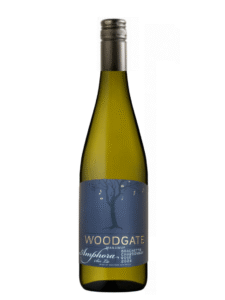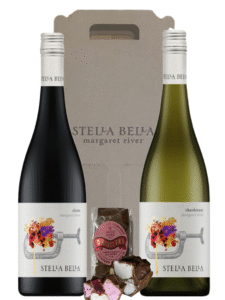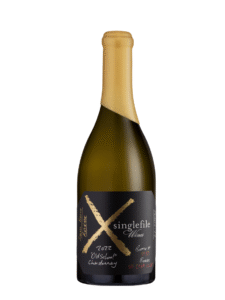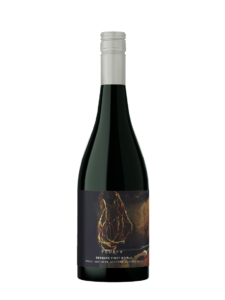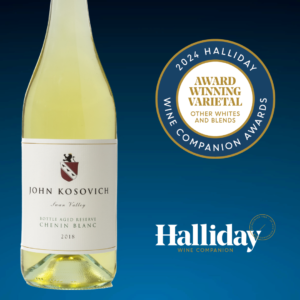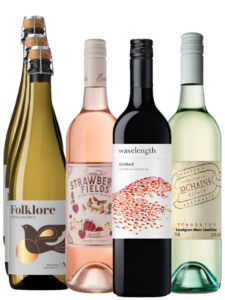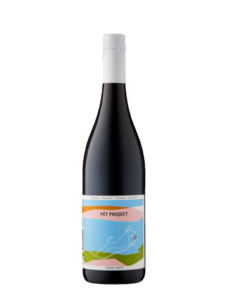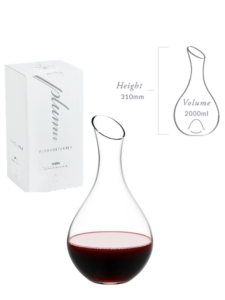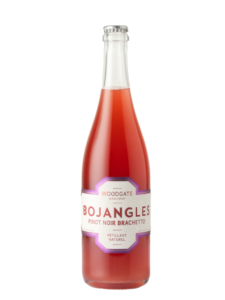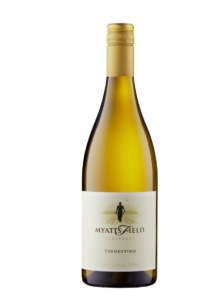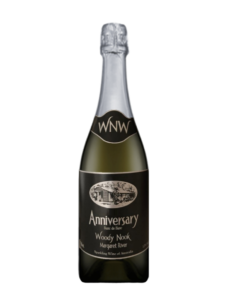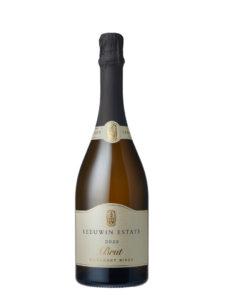Why You Should Decant Chardonnay
When we think of decanting wine, our minds often go straight to bold reds. But Chardonnay—Australia’s most diverse and expressive white grape—also benefits from this underrated technique. Whether it’s a rich, barrel-aged Margaret River beauty, a lightly oaked Yarra Valley Chardonnay, or a fresh unoaked style fermented in stainless steel or ceramic, decanting can elevate the experience in remarkable ways.
Let’s unpack why you should consider decanting your next bottle of Chardonnay, regardless of style—and how to do it right.
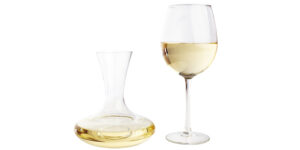
1. Decanting Oaked Chardonnay: Unlocking Layers
Chardonnays that have been fermented or aged in oak (particularly French oak) often arrive in your glass with layers of flavour waiting to unfurl—think toasted hazelnuts, brioche, vanilla, and a touch of smoke.
But straight out of the bottle, these wines can be tightly wound. Decanting helps to:
-
Soften the oak-driven tannins and toastier elements.
-
Allow the fruit (think stone fruits, citrus, melon) to shine through.
-
Release subtle secondary aromas from lees ageing or malolactic fermentation (buttery, creamy notes).
Pour your oaked Chardonnay into a decanter about 60 minutes before drinking. A wide-based decanter works best, exposing the wine to more air and helping it “open up” faster.
—
2. Lightly Oaked Chardonnay: Enhancing Balance
Wines that spend only a short time in older oak barrels tend to strike a delicate balance between freshness and structure. These are often leaner, more mineral-driven styles, like those from the Adelaide Hills or Tasmania.
With lightly oaked Chardonnay, a gentle decant (even just 20 minutes) can:
-
Round out the texture without dulling acidity.
-
Reveal subtle herbal or floral notes.
-
Highlight the chalky, flinty minerality that’s often masked when poured too cold or consumed too quickly.
Tip: The goal isn’t heavy aeration—just enough to let the wine take a deep breath. A wide-based decanter works best, exposing the wine to more air and helping it “open up” faster, but for a shorter time compared with an oaked chardonnay.
—
3. Unoaked & Ceramic-Fermented Chardonnay: Letting Purity Shine
These styles, which have gained traction in recent years, emphasise fruit purity and texture over oak influence. Fermented in stainless steel, concrete eggs, or ceramic vessels, these Chardonnays are all about crispness, clarity, and tension.
You might think there’s no point decanting such fresh wines—but even these benefit from a short rest:
-
Volatile sulphur compounds (which can smell slightly reductive or funky) often dissipate quickly with some air.
-
The mouthfeel can soften just slightly, enhancing the wine’s roundness without compromising its precision.
-
In ceramic or amphora-fermented wines, textural complexity is often more noticeable after a light decant.
Give these styles just 5–10 minutes in a small carafe or even a glass jug before pouring. Leading into what I am going to talk about below, but it will allow the wine to warm up a little bit more if it’s recently out of the fridge.
—
4. Temperature Matters: Serving Chardonnay Right
Whether or not you decant, Chardonnay should never be served fridge-cold. Serving too cold mutes flavour and aroma—especially in more complex or aged expressions.
-
Unoaked styles: 8–10°C
-
Lightly oaked: 10–12°C
-
Fully oaked or aged: 12–14°C (Yes the same as some red wines like Pinot Noir)
A good rule of thumb: take your Chardonnay out of the fridge about 15–20 minutes before serving. If it’s been in a wine cellar, let it warm just slightly in the decanter or glass.
—
5. Bonus Tips for Decanting Chardonnay
-
Use a clean, odourless decanter or jug—residual scents can interfere with the wine’s aroma.
-
Don’t overdo it. Unlike reds, white wines don’t need long aeration times. 10–60 minutes is plenty depending on the style.
-
Taste before and after decanting—you’ll often be surprised at how much the wine evolves.
—
Final Thoughts
Chardonnay is a shape-shifter—rich or restrained, creamy or crisp. No matter the style, decanting is a simple, elegant way to show the wine at its best. So next time you open a bottle, give it some air, the right temperature, and a little patience. You’ll be rewarded with more nuance, more aroma, and a far more expressive glass.
Cheers to white wine decanting—it’s about time it had its moment.


